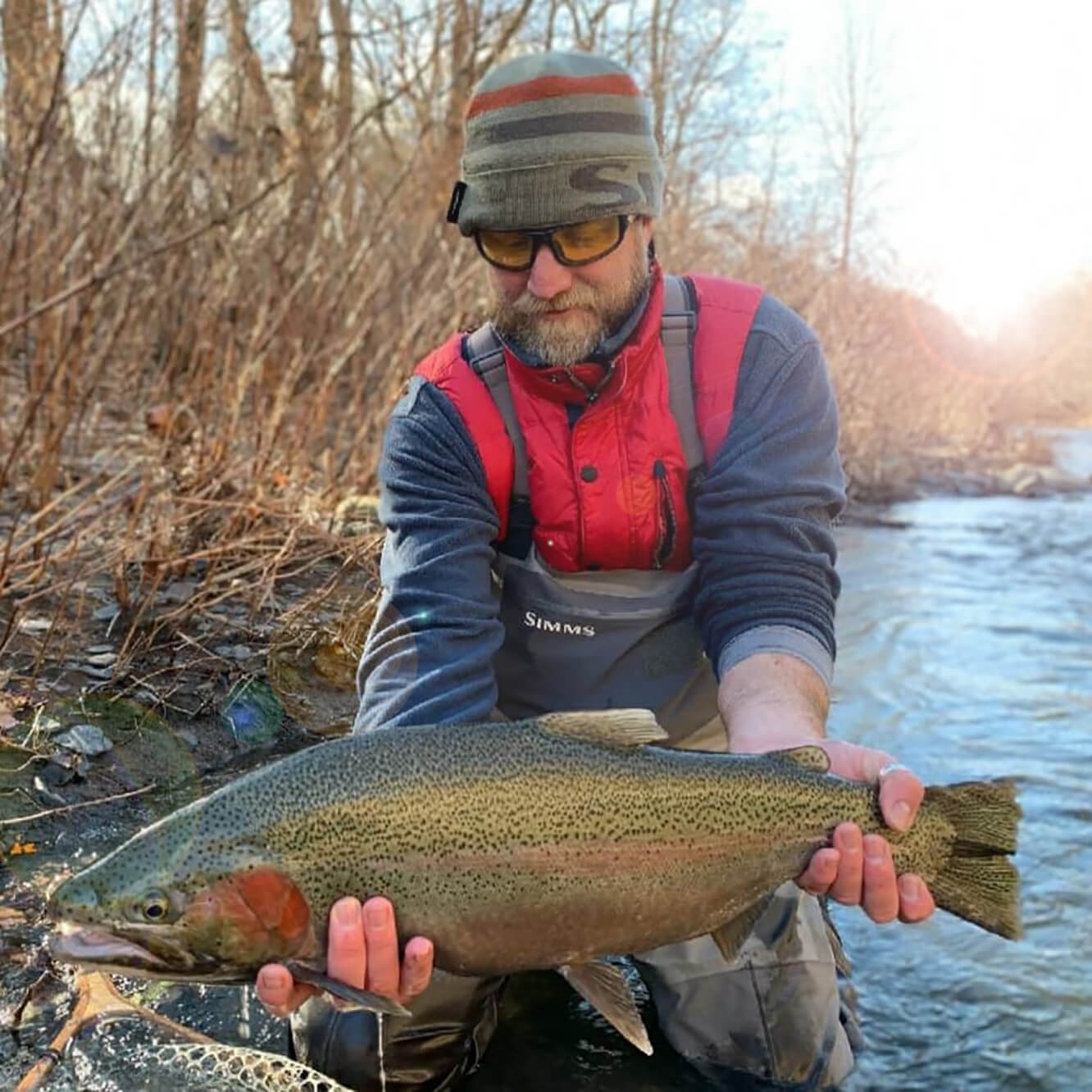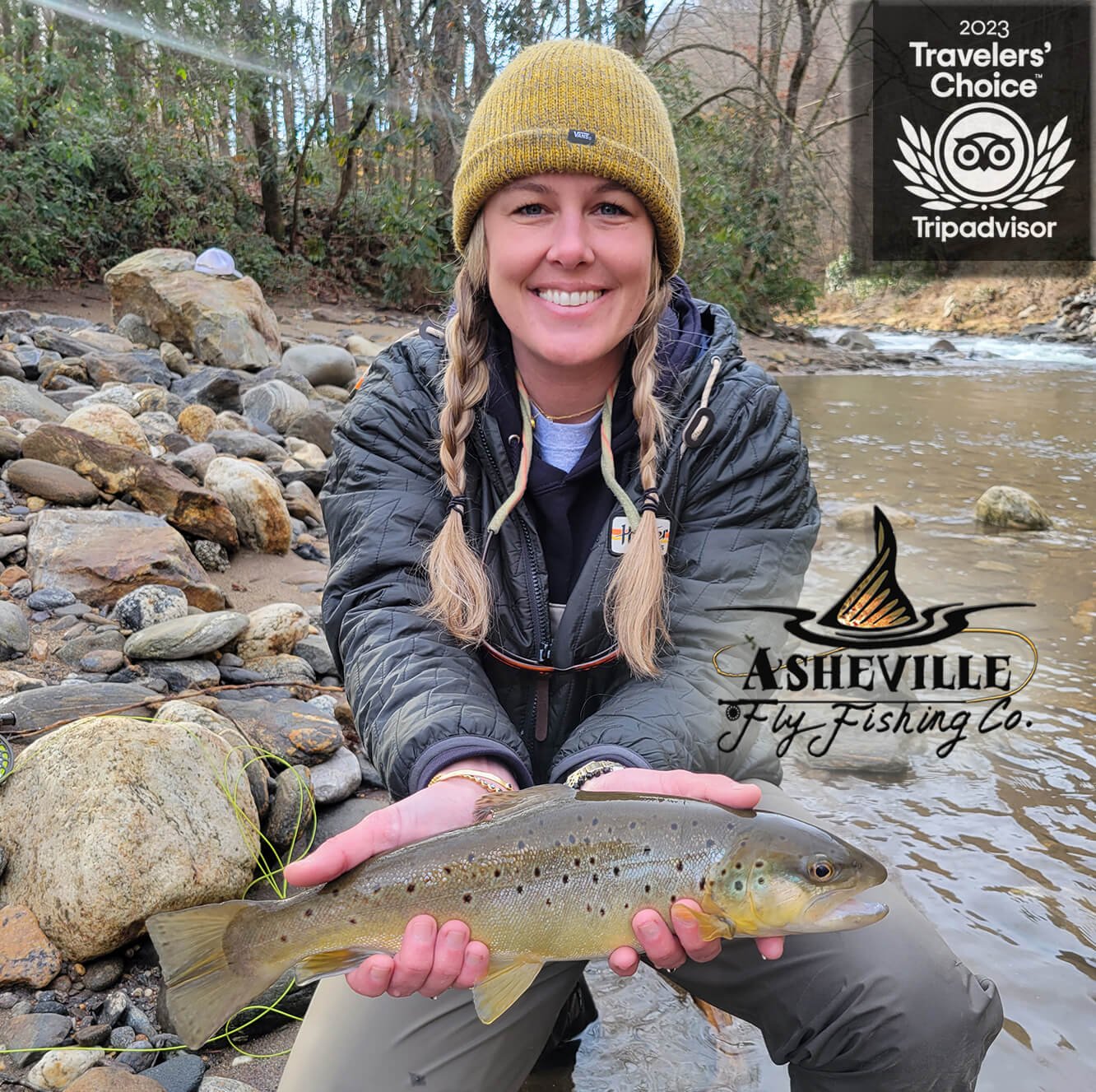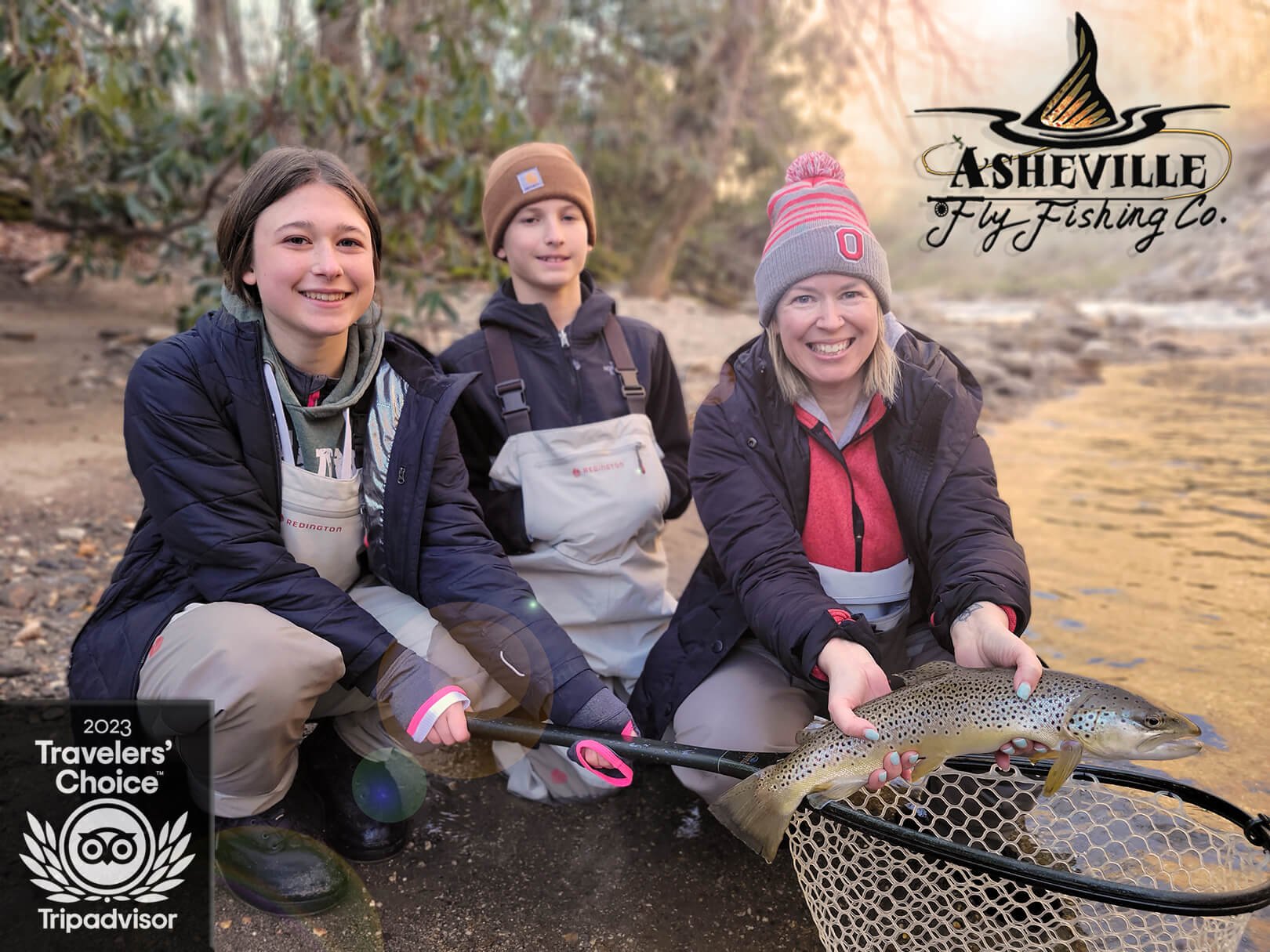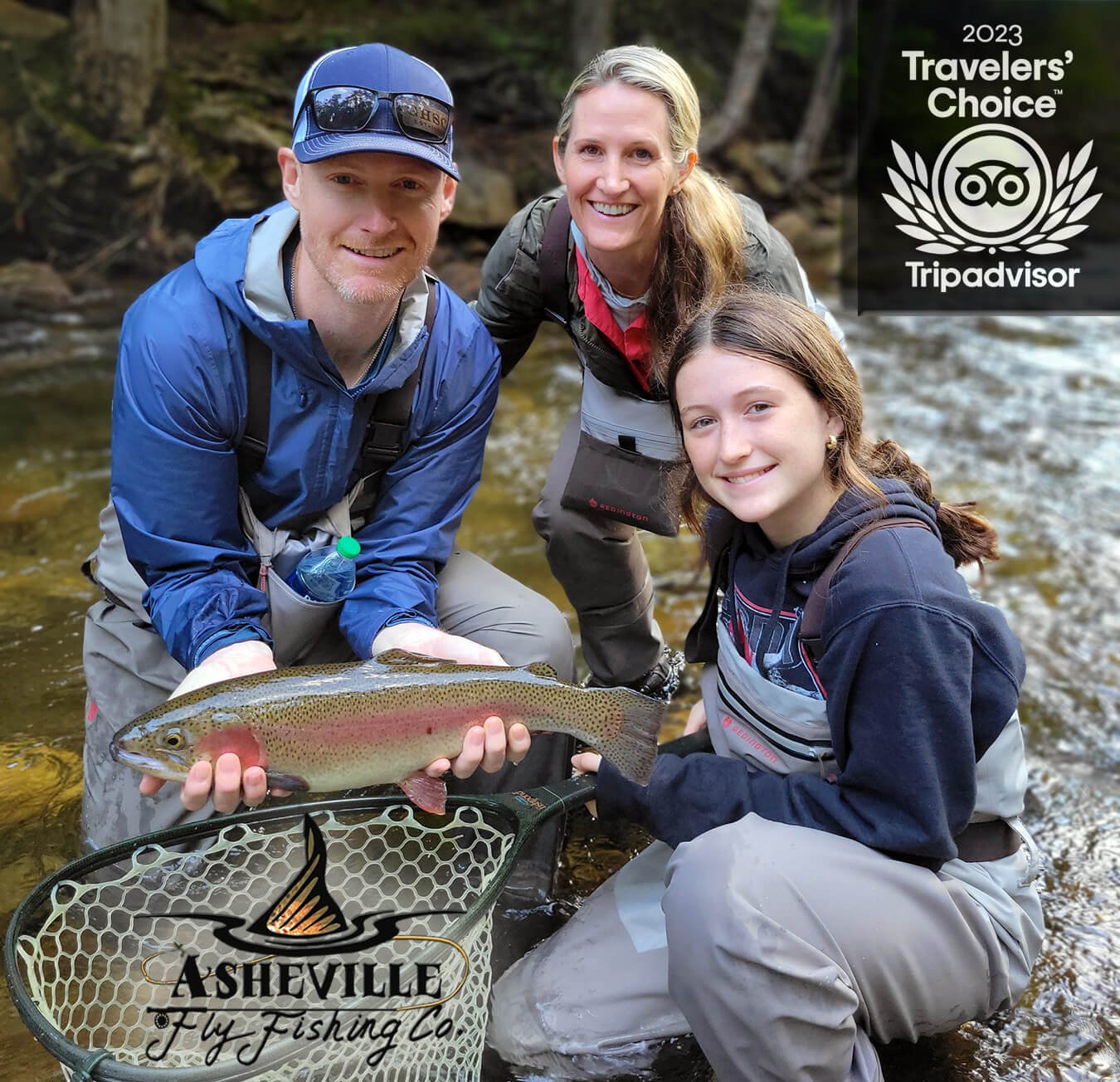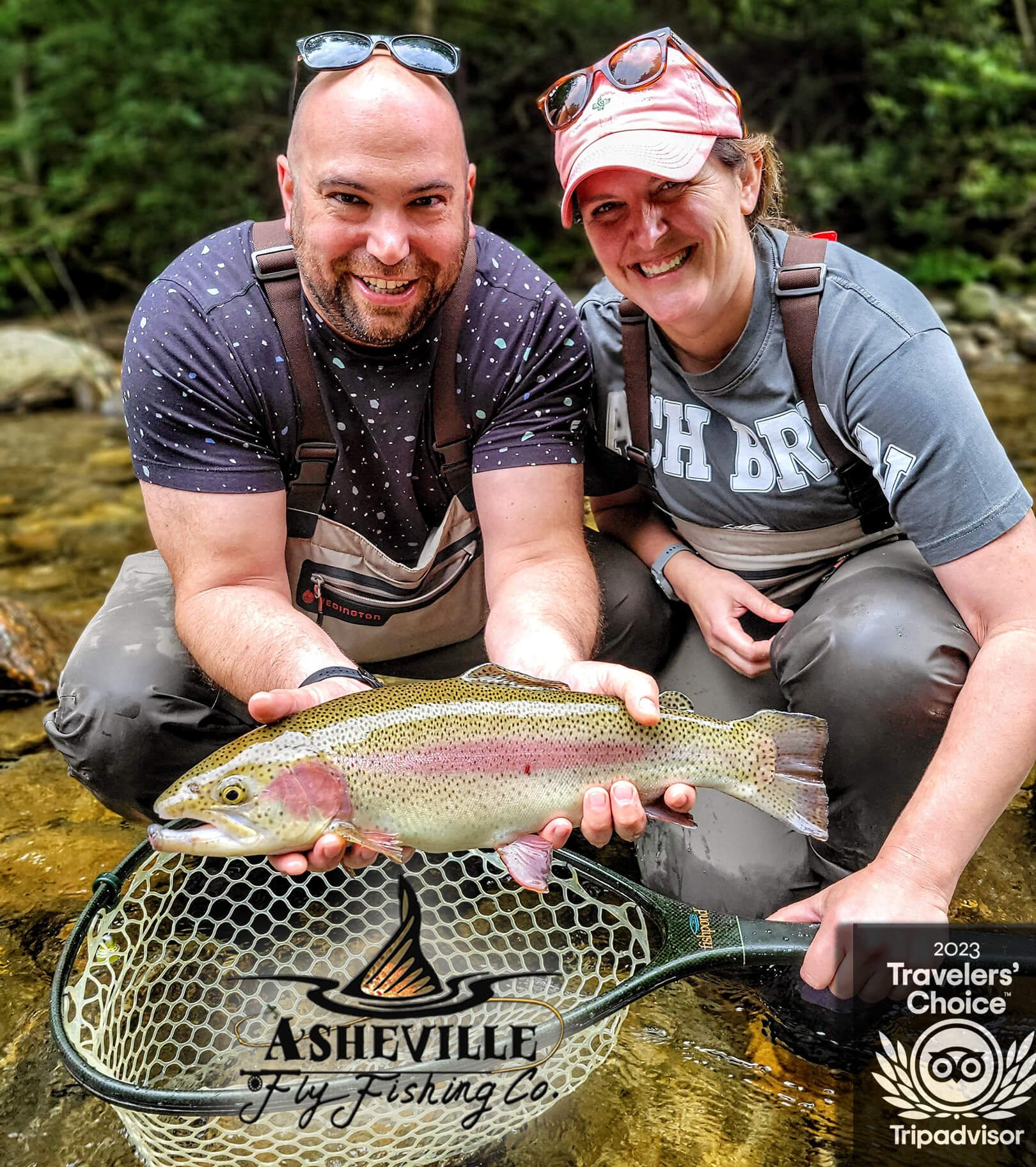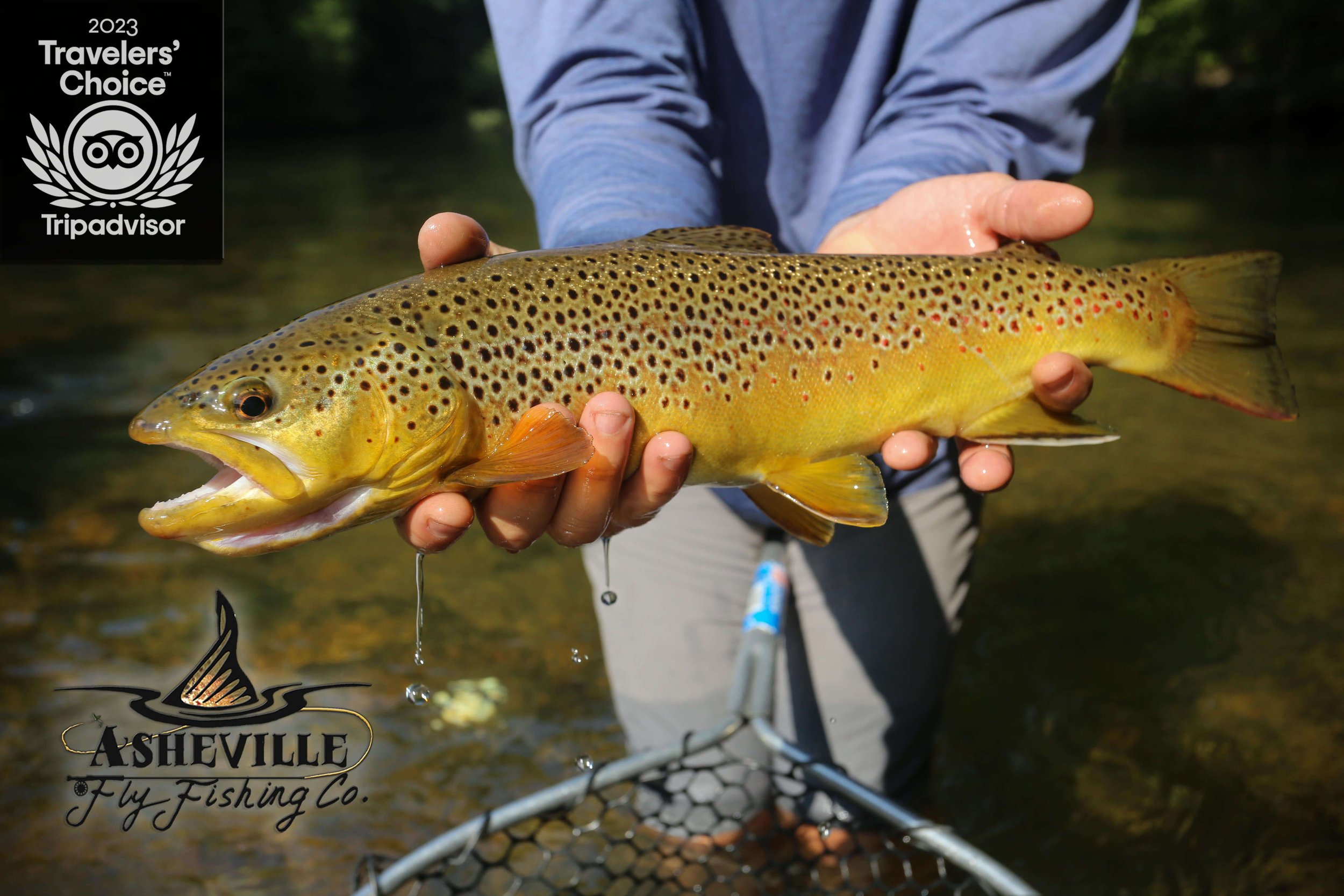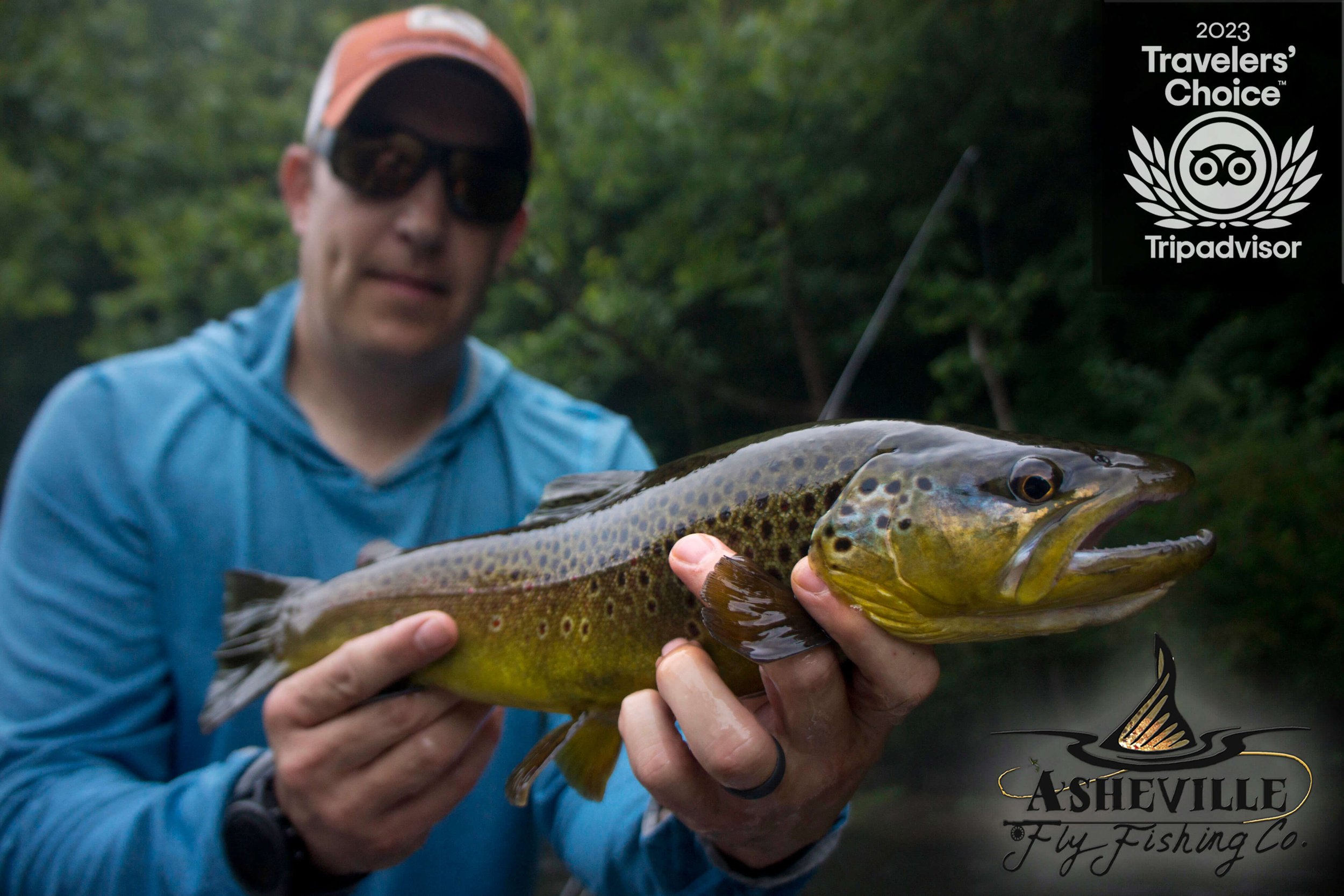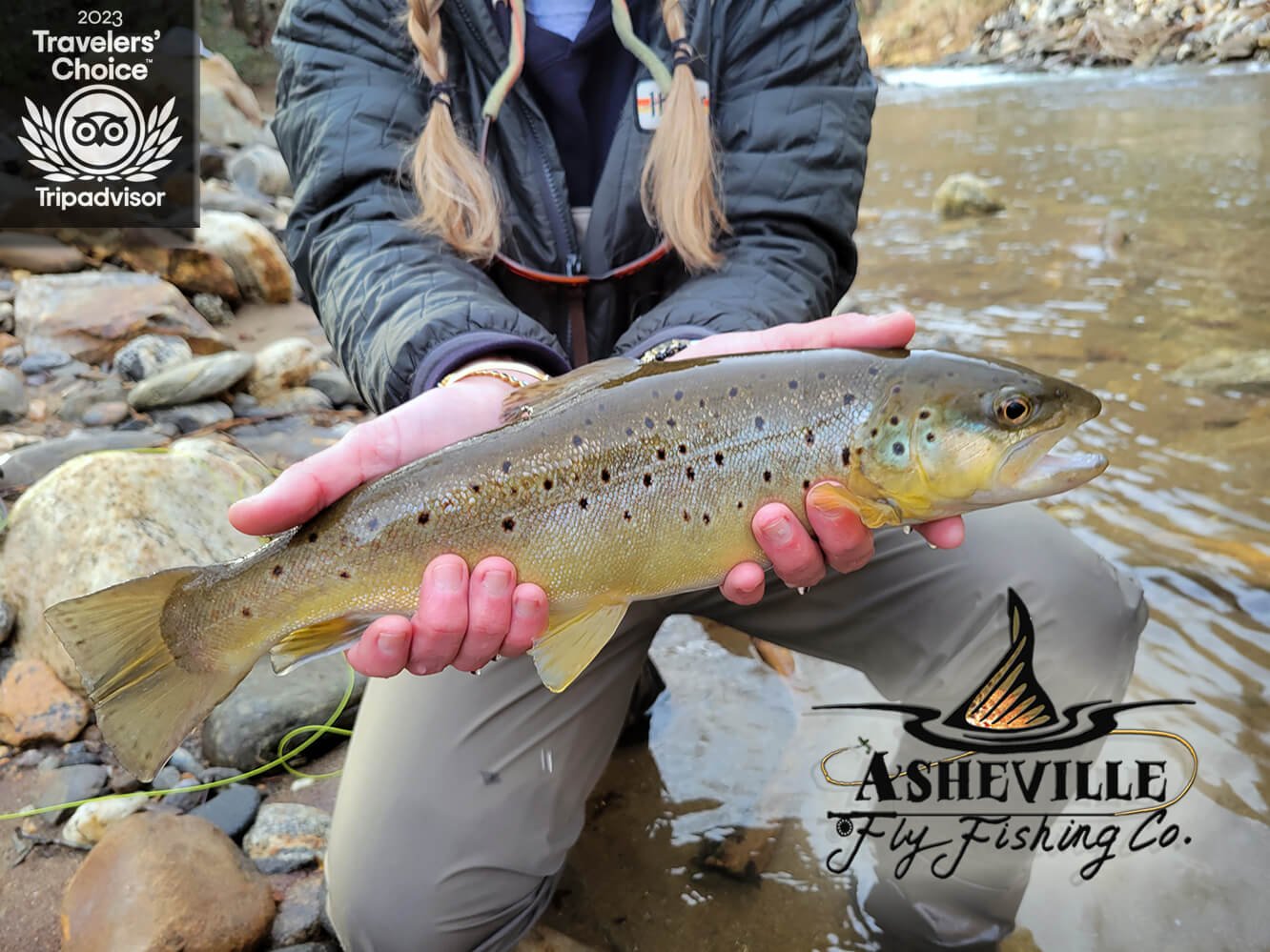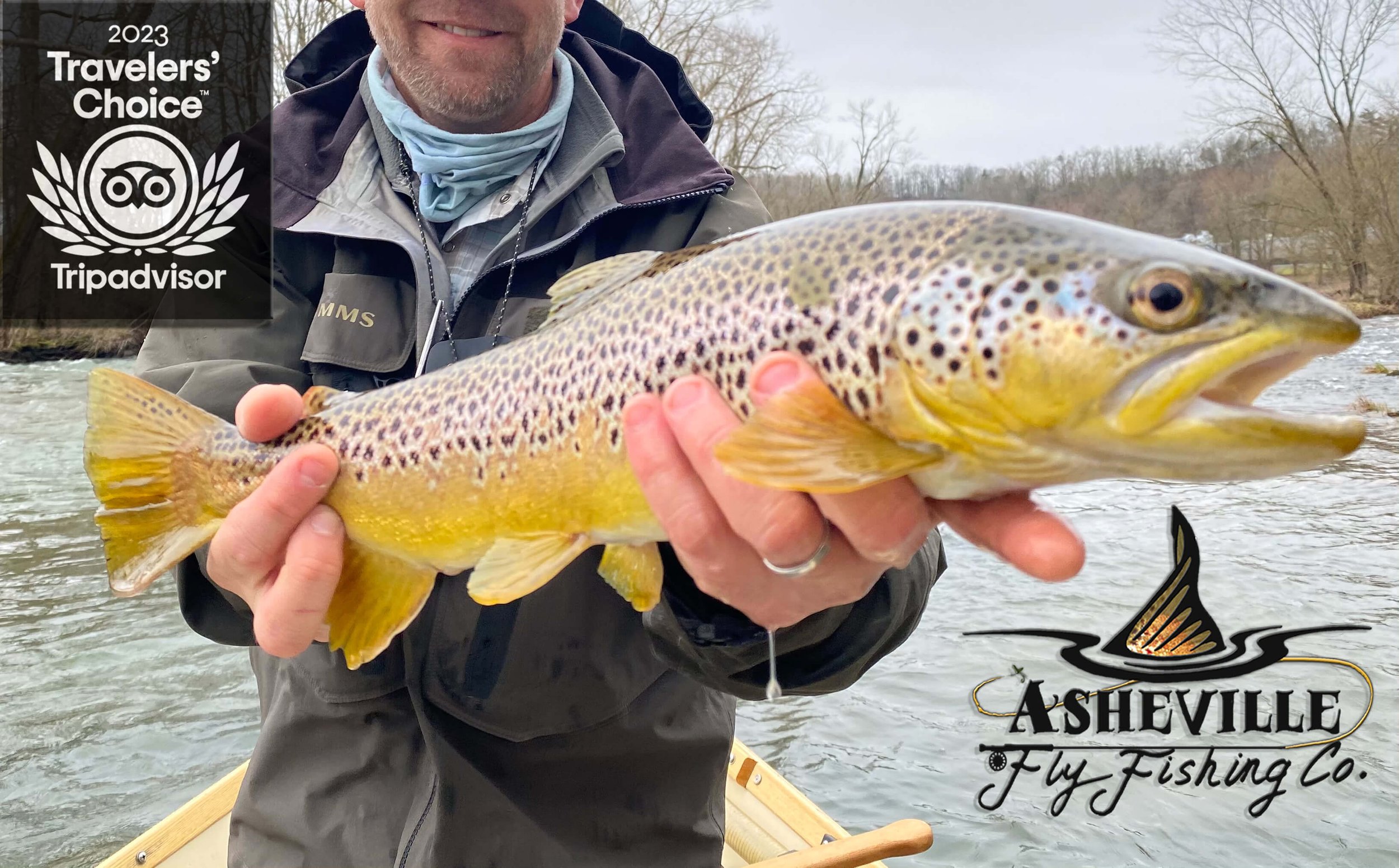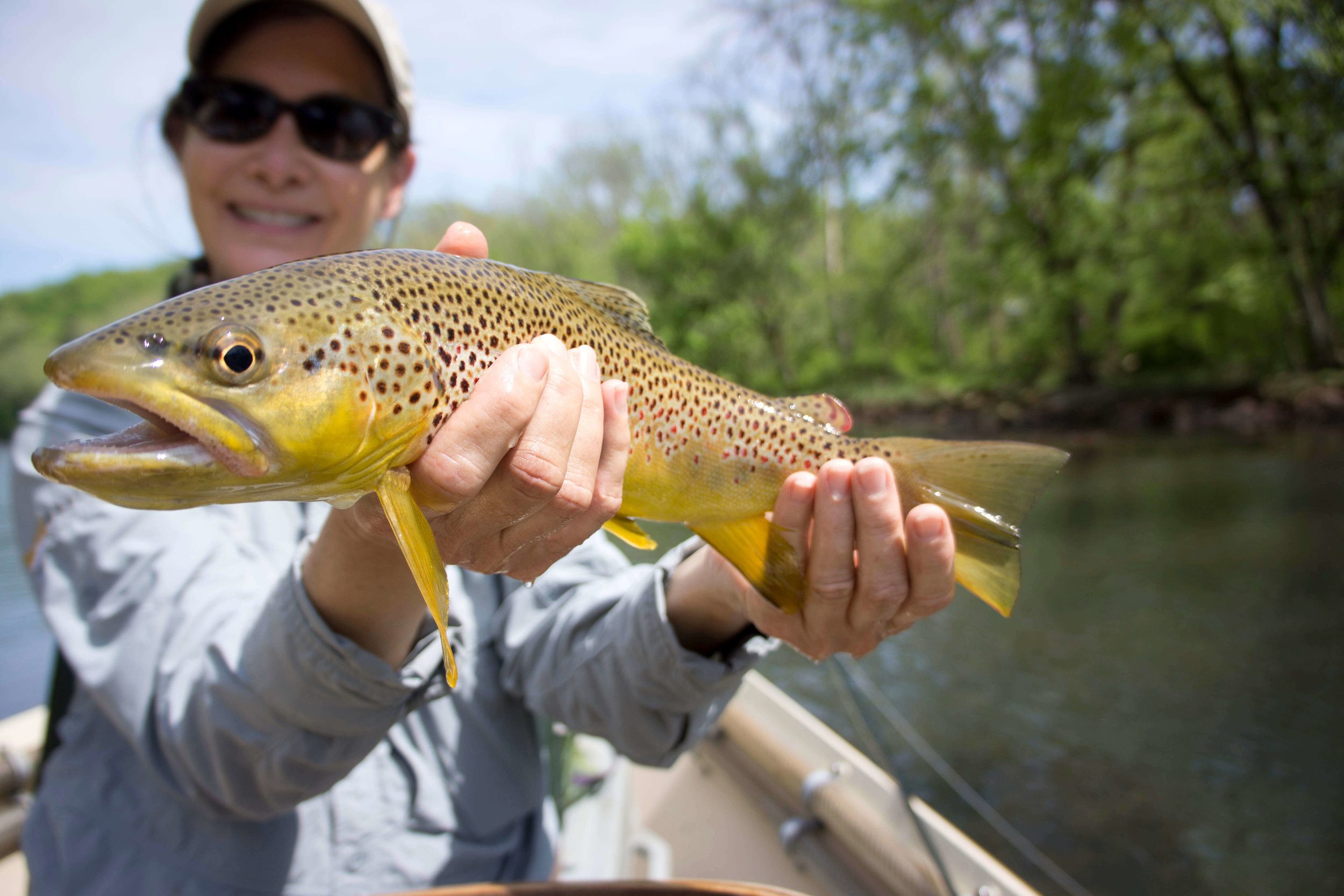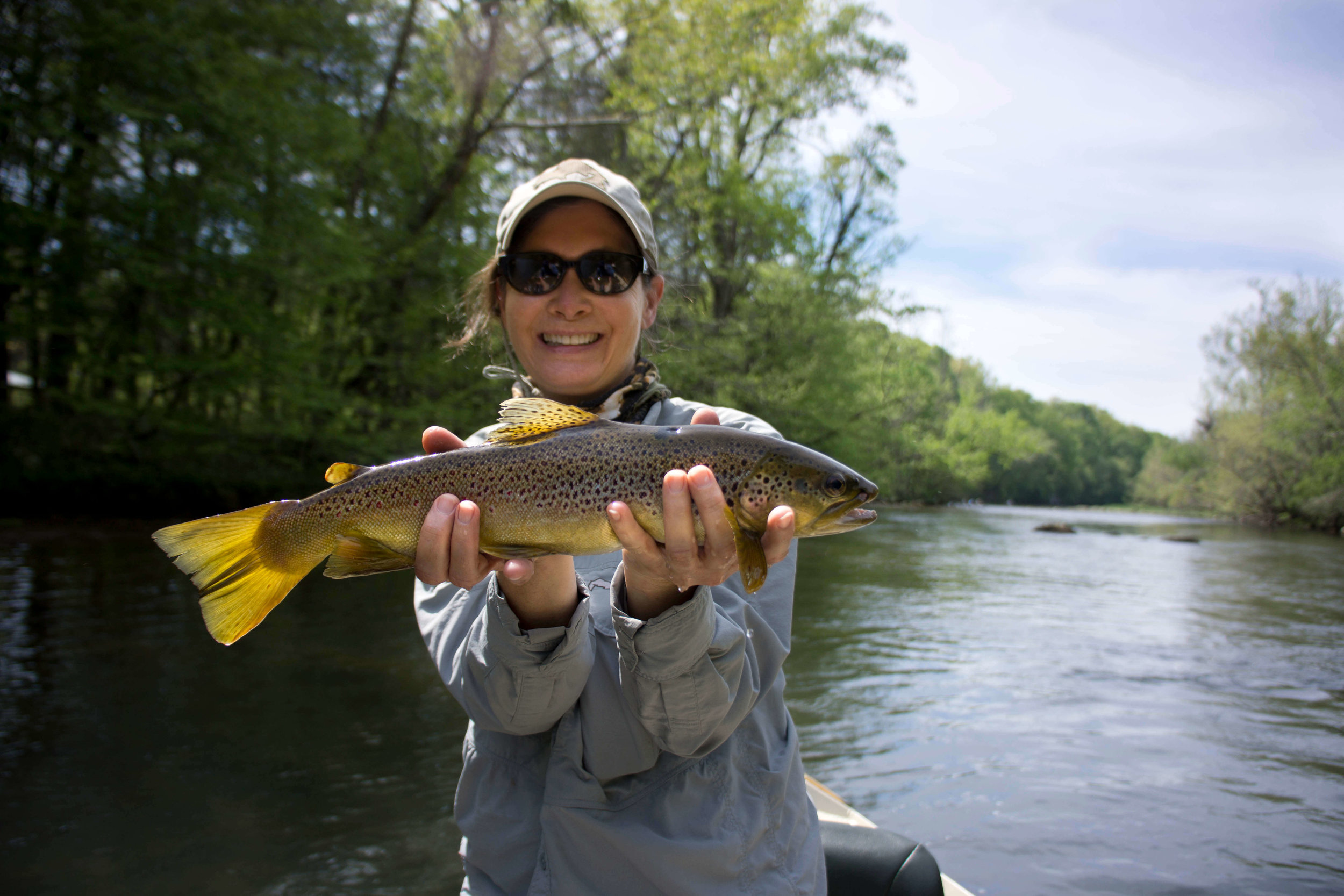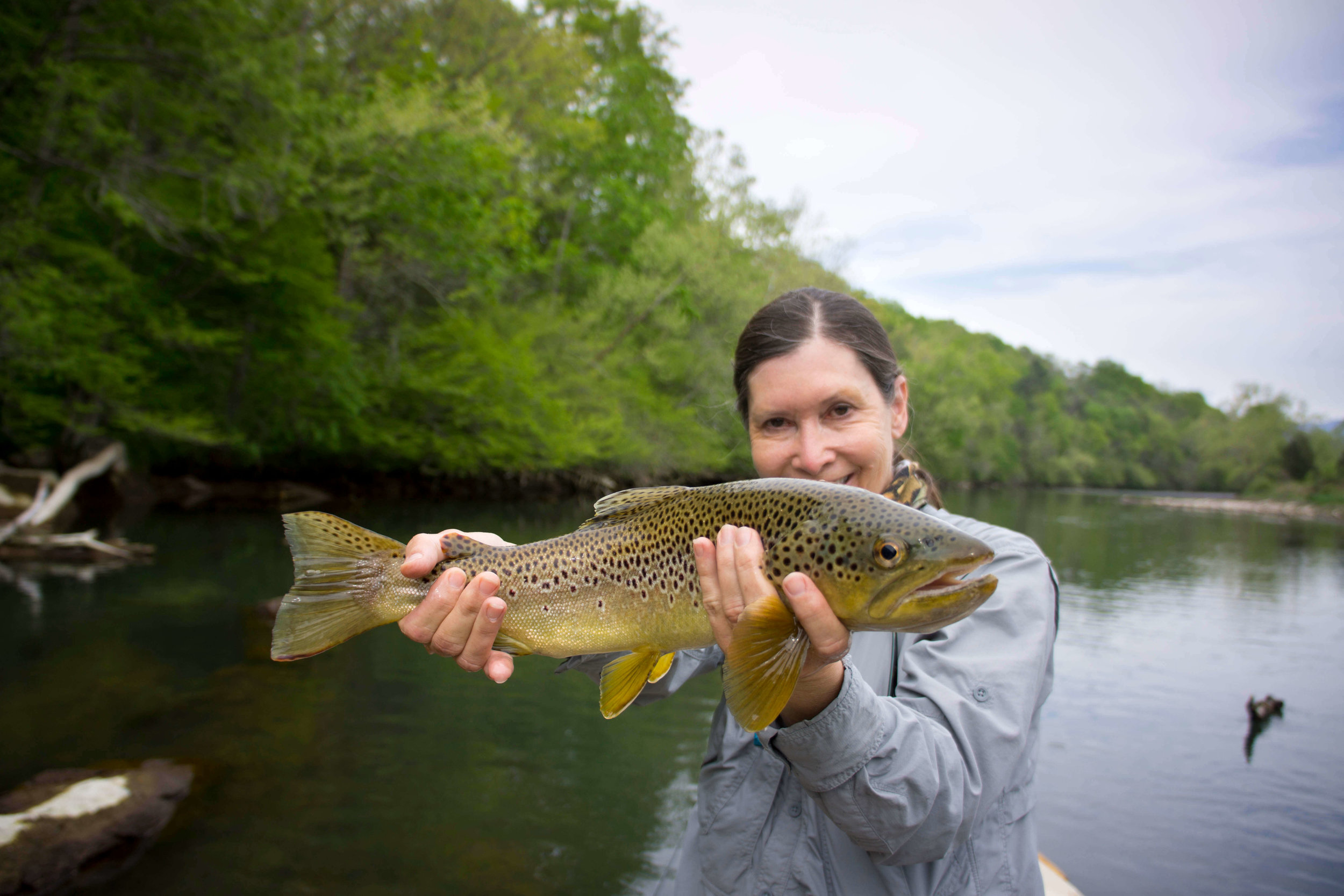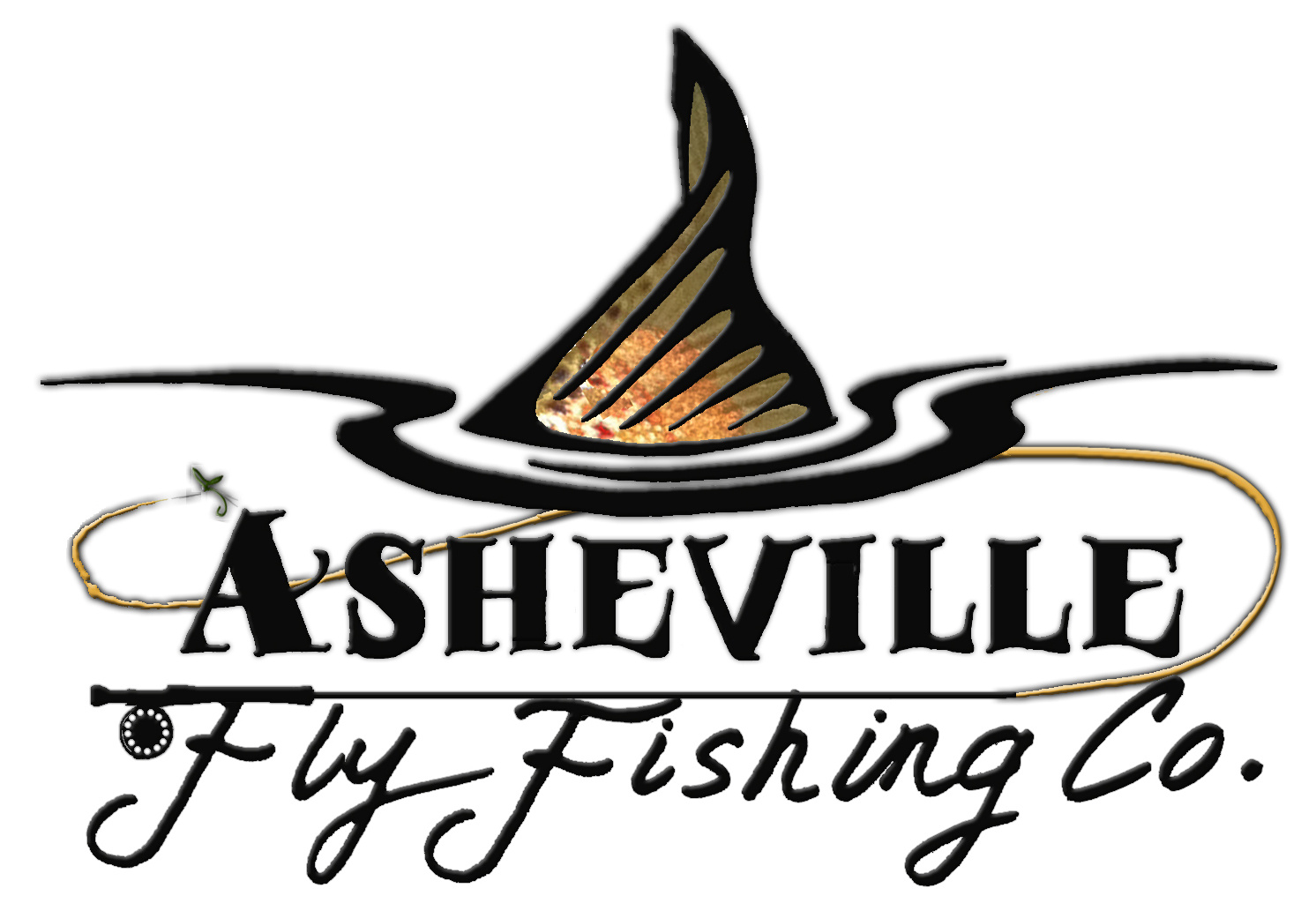Targeting Trophy Trout
It’s late winter in Western North Carolina. Although the days are getting longer, the spring sun has not fully rounded out the edges of winter nor brought with it its day-long warmth igniting early spring hatches. Those awaited emergences will reach fruition a few weeks in the future, but for now conditions leave the current’s quarry clinging in their nymphal states to the submerged rocks and riverbed, patiently awaiting the gentle chide of warming water. For most trout enthusiasts, there is nothing quite as satisfying as watching a well-placed dry fly being eagerly swallowed by the cresting beak of an engaged trout. This spectacle coupled with the authoritative bend in the rod, the twisted intermingling of line and chattering reel, prompts anglers to get up pre-dawn on the weekends after enduring a five-day laborious stretch of work-week sunrises. To satiate my desire for aggressive springtime slurps out of season, and pass the time before their likelihood, I regularly find myself engaging in the cold weather, high-risk, frequently unrewarded gamble of targeting trophy trout.
The Whens
I firmly subscribe to the old angling adage that, “The best time to fish is when you have time to fish.” That being said, when the odds are slanted against you, you may want to stack as much in your favor as possible. A lot of big fish are caught during the cold weather seasons, since they are more easily goaded into aggressively engulfing a streamer when they’re hoping to fill their bellies with a calorie-rich winter meal. During pre-spawn periods when larger trout become aggressive, their temperament may also encourage them to strike a large fly that resembles a smaller trout or any other egg-eating baitfish inhabiting the river. During those times of the year, it’s important to be mindful of reds and to leave any actively spawning fish alone. When I’m chasing a big bite from trout, you can assume I’m bundled up and expecting to deal with less than favorable weather. I also tend to get more streamer-happy during or following a rainstorm when the rivers are high and a bit off color. All that sediment and silt discoloring the water may help to hide heavy leaders and cover up any casting or presentation errors that are made, in turn fooling otherwise weary trout . Also, the increased flows may force a fish to decide without hesitation whether or not to attack a bait before the water carries it out of reach. Large trout also tend to be a bit more snappy during low light periods, so I prefer to target them in the mornings and evenings.
The Wheres
Another angling adage, regularly recited by my father during the fishing follies and disappointments of my youth was, “He didn't get that big by being stupid.” This comment usually followed some angling chagrin, which I, even at an adult age, take very poorly. I was most commonly exposed to this quip following the loss of a large fish, after witnessing the ejection of my hook from its mouth, or after watching a fish reject my offering subsequent to a scrutinous inspection. I definitely didn’t and don’t appreciate any comment after a major fish-fail, but nevertheless, the air of the statement rings true: Big trout are smart. You’re most likely to find them stealthily stowed in the tightest crisscrosses of a gnarly log-jam, dwelling in the deepest recesses of pools, tucked underneath root riddled undercut banks, or in inconspicuous crevices and cracks beneath and between large rocks. In these environments big trout stay safe from predators, including you, and use the cover to ambush prey. At any given moment a fish can be anywhere in the river and I often deploy casts to cover lesser holding water but I focus the bulk of my time targeting the aforementioned habitats and plying those areas with extra regard.
The Arsenal
If I’m investing my time in big trout, I’m likely going to wager on a big bait to fool it, and I'm going to need stout gear to land it. Leave the delicate rods at home. I usually throw 6 through 8 weight rods, coupled with reliable reels, and sinking line or sink tips connected to 4- 9 foot lengths of 10 to 20 lb fluorocarbon. These vary depending on river conditions and sizes, as well as the size of the trout I expect to find in a particular river system. Leaders should be substantial enough to bully that trout away from cover and withstand an aggressive strip-set. The majority of streamer-eaters aren’t leader shy. I most often want my fly swimming deep near the river bottom. For situations in which I worry about the trout seeing the sinking line or sink tip, I generally employ a long leader with a heavy fly and maybe a couple nodes of well-placed spit shot to keep my offering at its desired depth. As far as flies go, there are no shortages of colorfully named streamers gracing fly shop displays or on sale online. I generally recommend finding some that match the forage fish in the river you are targeting and then grabbing a few that stand out and look a little less natural. Some streamers look nothing like baitfish but move and flash in a way that peaks the curiosity of apex trout. I also favor a slow, erratically cadenced retrieve incorporating pauses, but I regularly experiment with it and speed it up to see what presentation elicits the most aggressive response. It’s never a bad idea to head to a local fly shop for advice or to hire a guide and pick his brain for the morning.
The Outcome
Another adage that my father lovingly tortured me with after failed fishing endeavors during my childhood was, “Sometimes you get the bear, sometimes the bear gets you.” Getting skunked is something that then and even now, in my forties, I’ve seldom taken gracefully. I’ve heard that the tolerance for it comes with age, but I’d be a liar if I claimed that I expected that to change in my 50’s or 60’s. In that aspect, I shamefully admit that I’ll be forever 12. Sadly, if you’re playing the big trout game, you're going to have to accept a stern skunking, even if you don’t like it, and afterwards somehow summon the fortitude to attempt it again and again. I think one way to endure this is to trick yourself into enjoying the process, and even if it includes a mouthful of sour failure, never give up. Rivers have been the settings for the bulk of my fondest memories. I’ve rarely fished a day in my life where I didn’t learn something new and that knowledge has usually been bestowed on me with or without fish and often unsolicited. It could be a subtle nuance in your favorite river, where a trout might hold, but somehow you’ve never noticed it. Or the way the abdomen of a specific river nymph in one river is slightly lighter in hue than in the river you fished in last week. Two lessons that I've learned in the past few decades on the water are that well-iced beer is still cold no matter how many fish you do or don't catch and that failure is made more tolerable with company. So, if you decide to bundle-up and go galumphing into a river to hunt for your trophy, it probably isn’t a poor idea to take along a friend and having a six-pack waiting at home. Besides, you’re going to need someone to snap a grip and grin when you net that 25 incher, right? Good luck out there.
BY: Anthony Lohr
Asheville Fly Fishing Company
Full Time Fly Fishing Guide
Asheville, NC
BOOK A GUIDED TRIP with Tony by clicking the button and requesting him on the reservation form or CONTACT US button.
